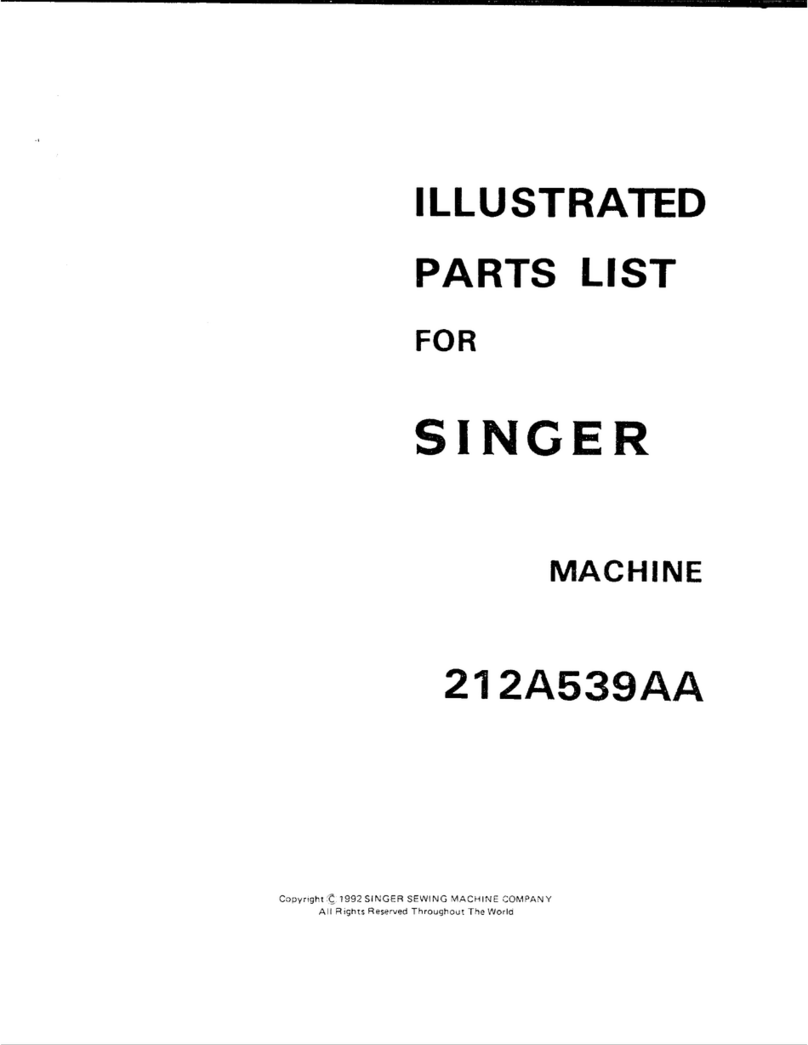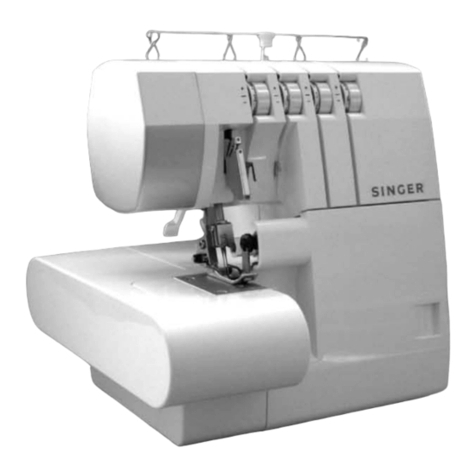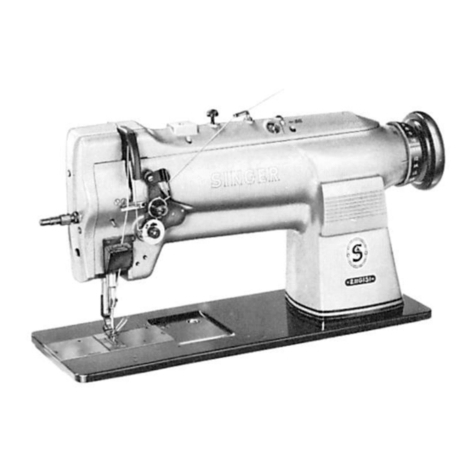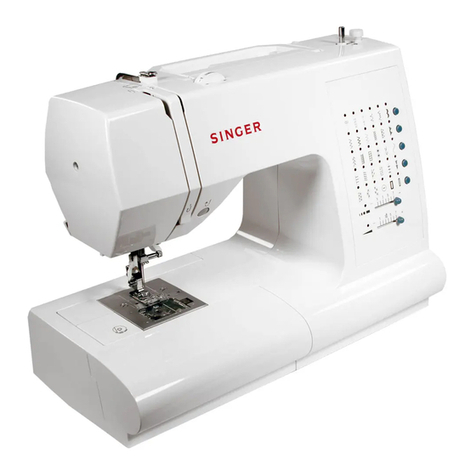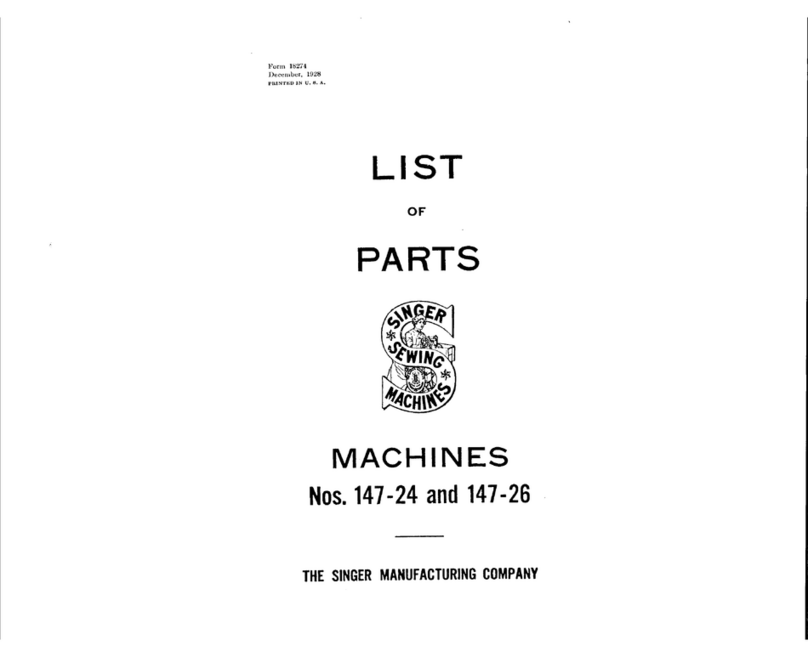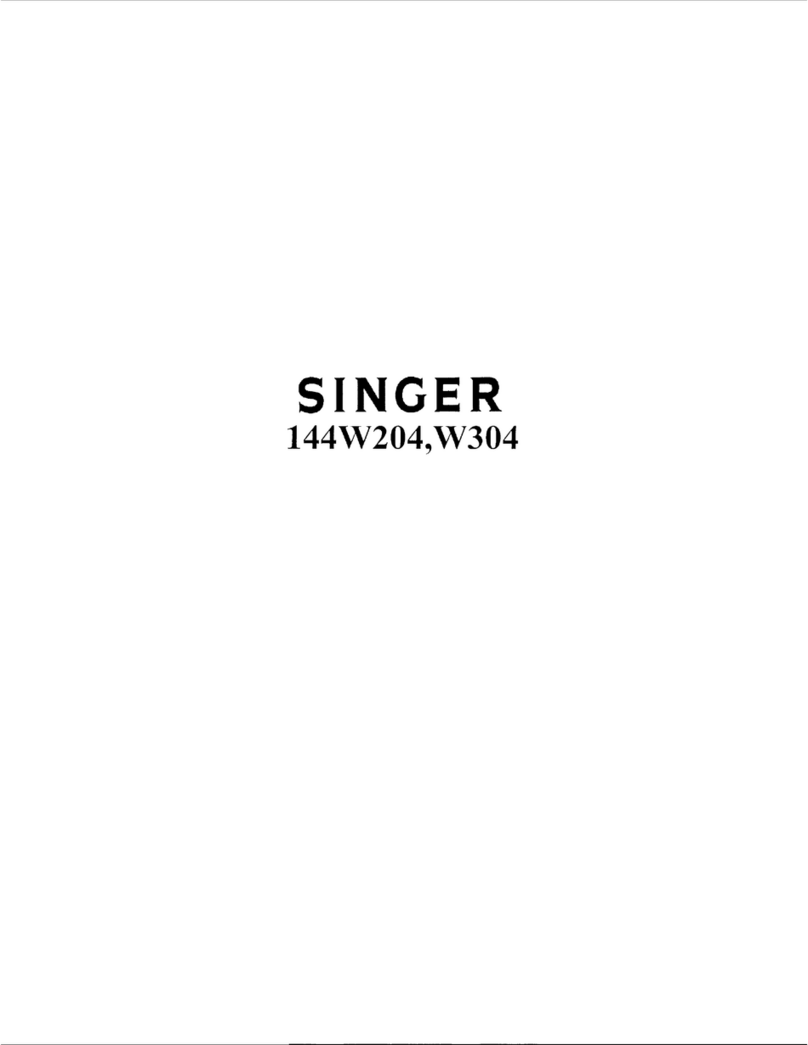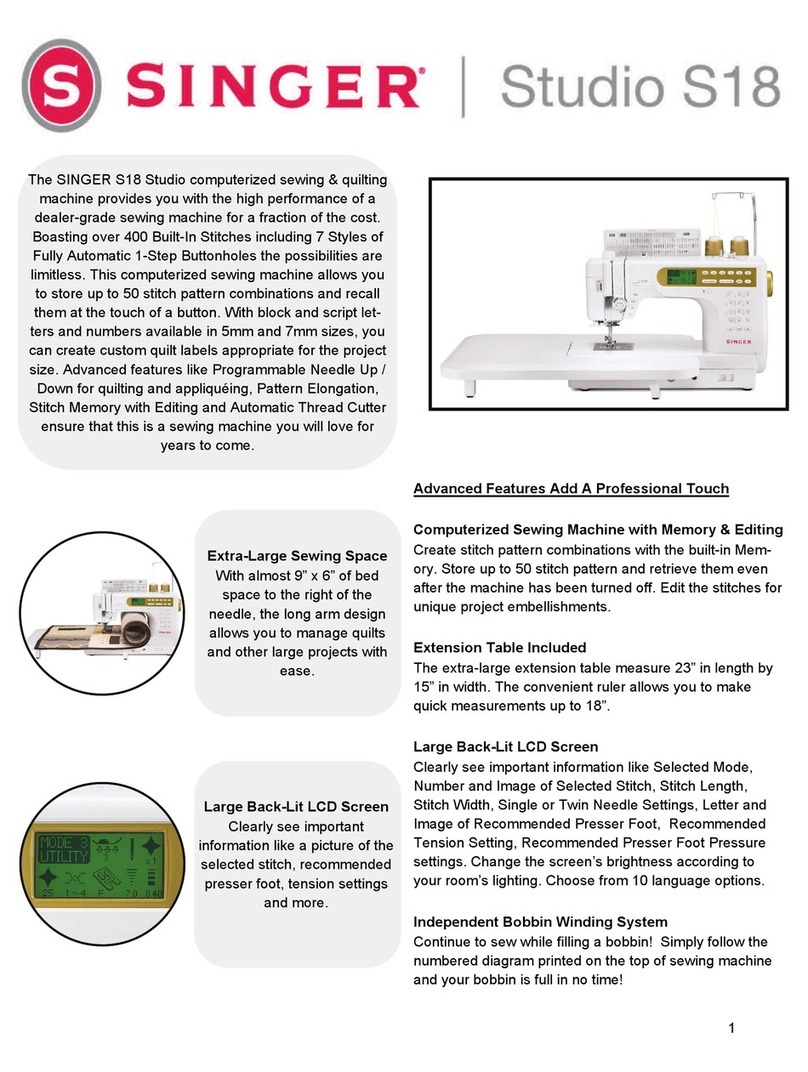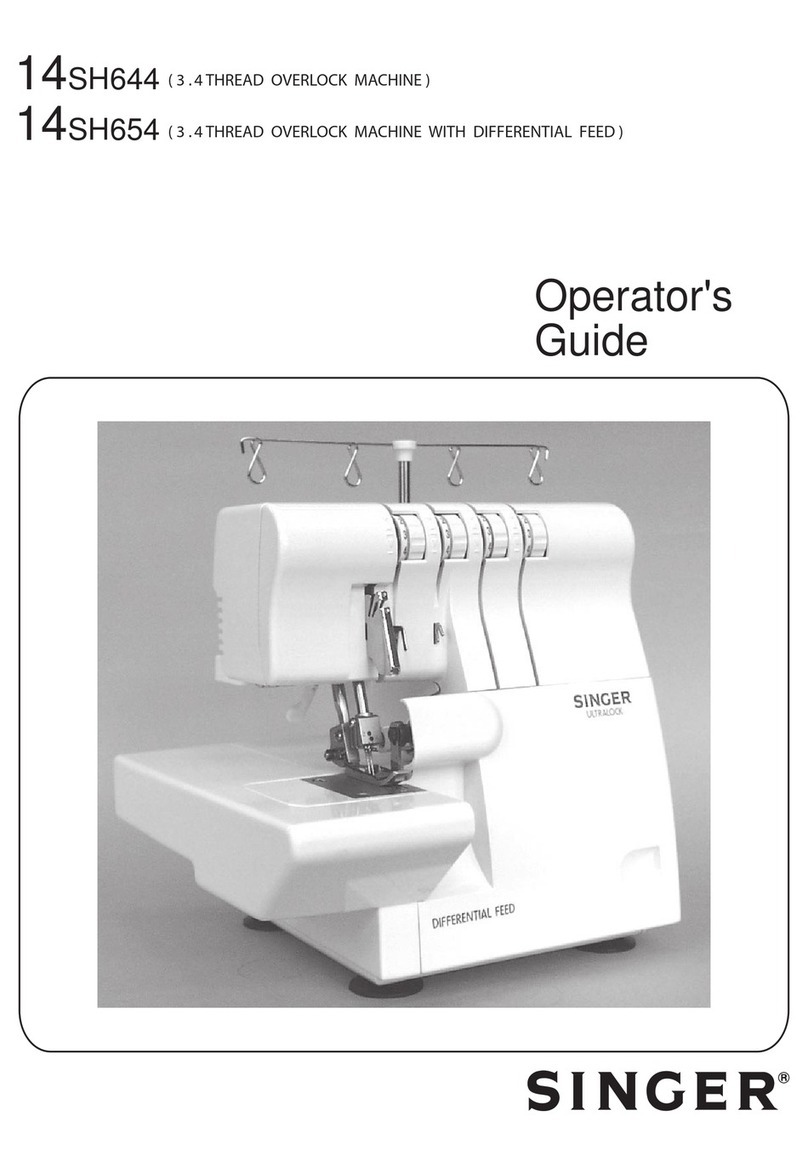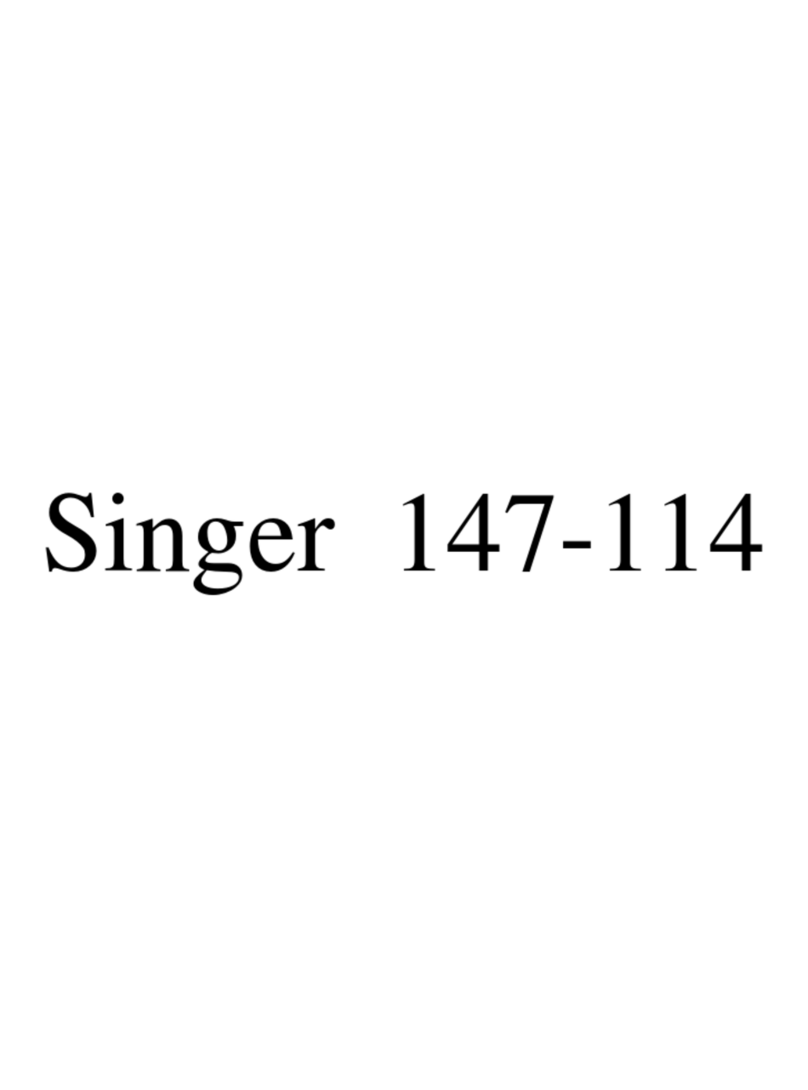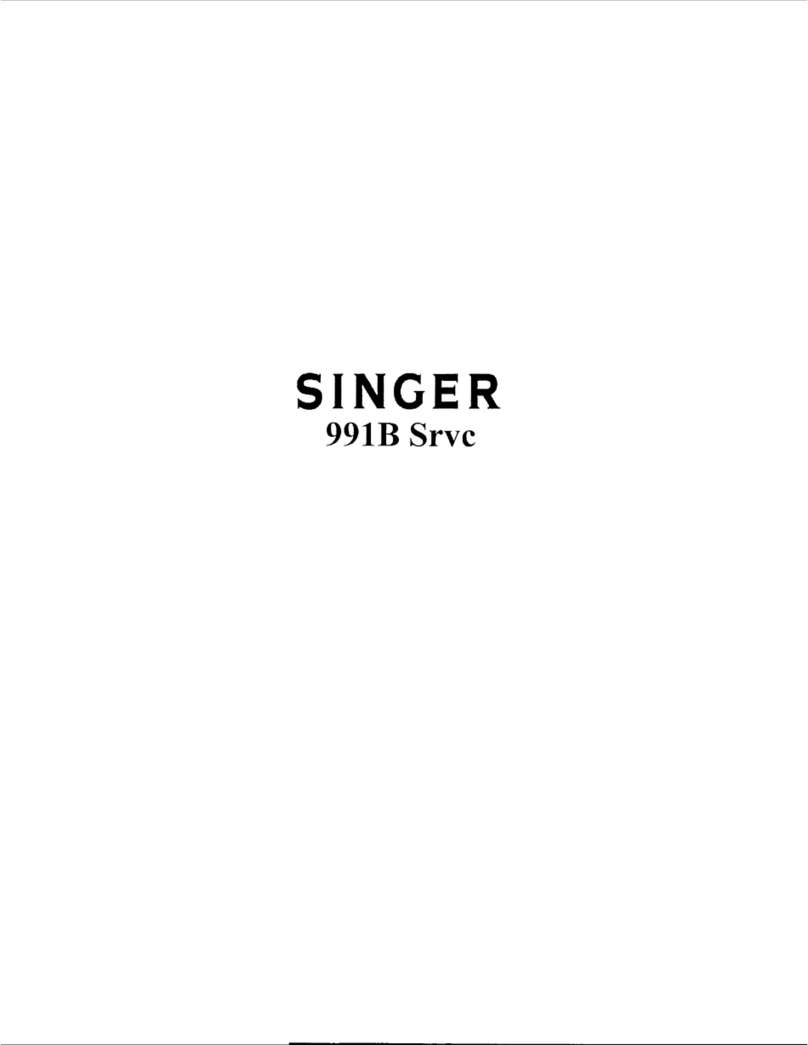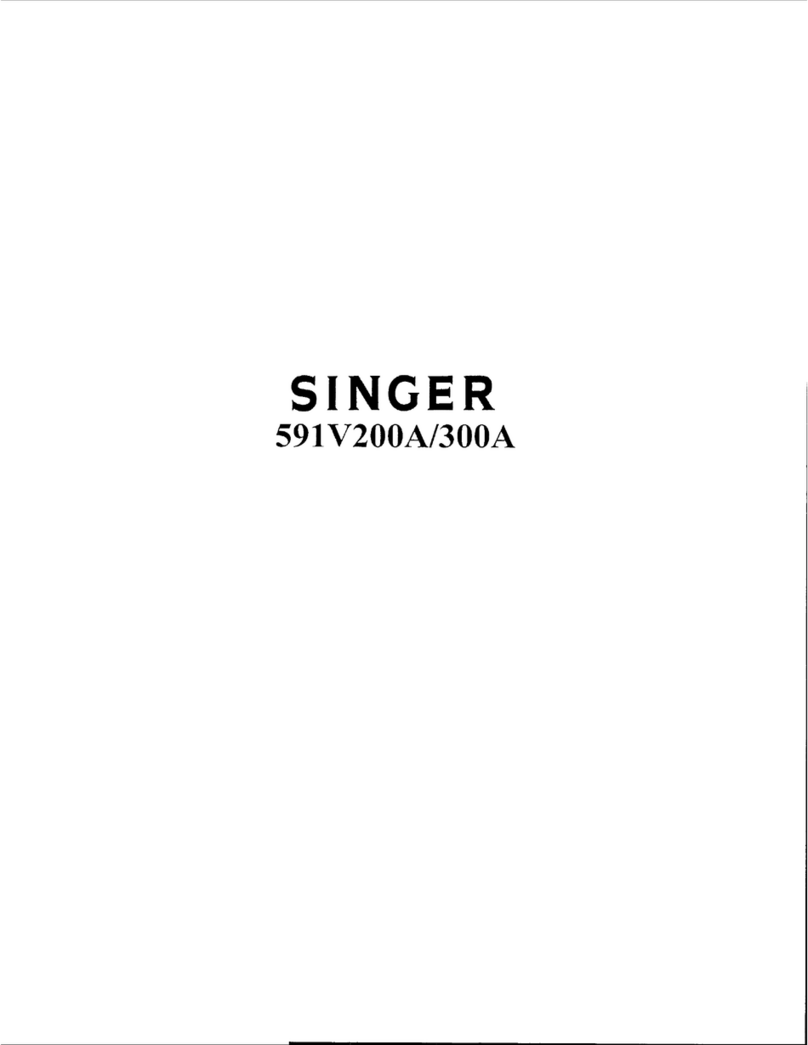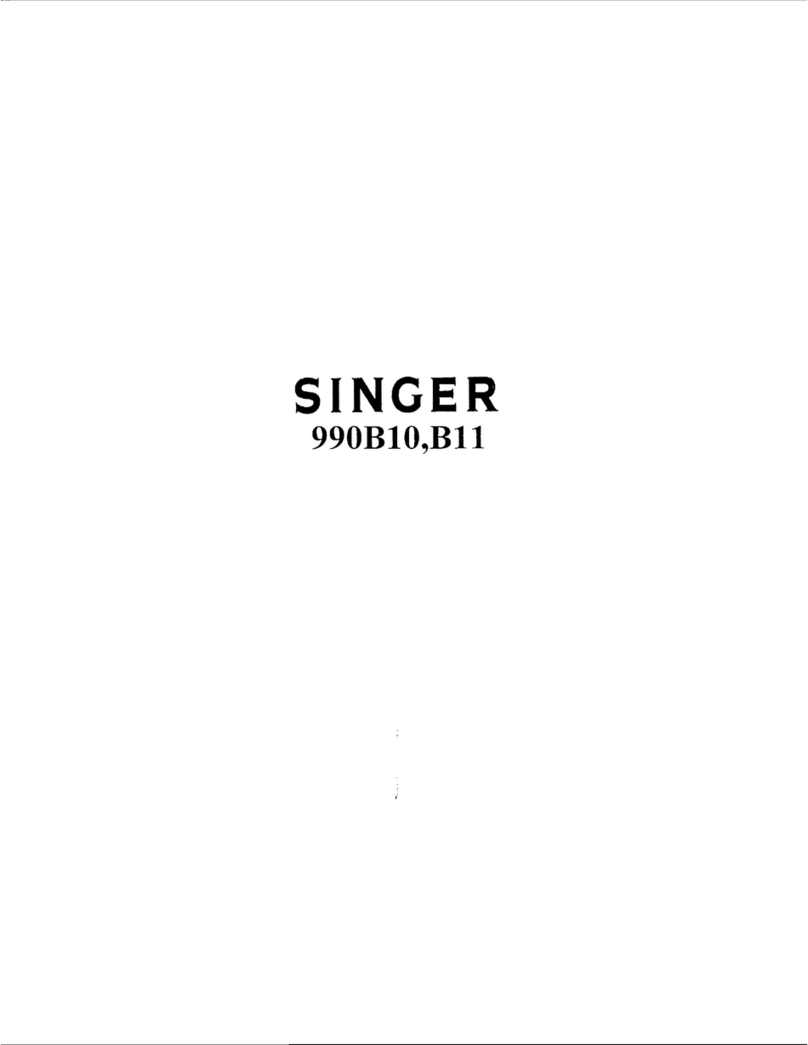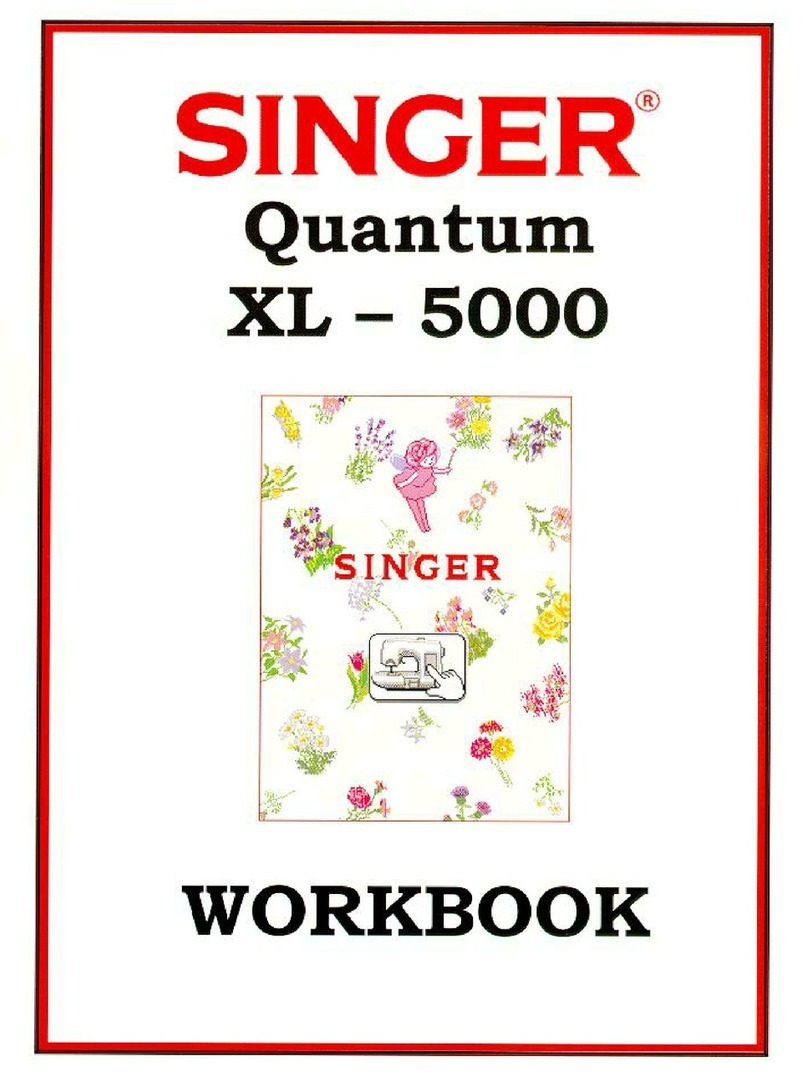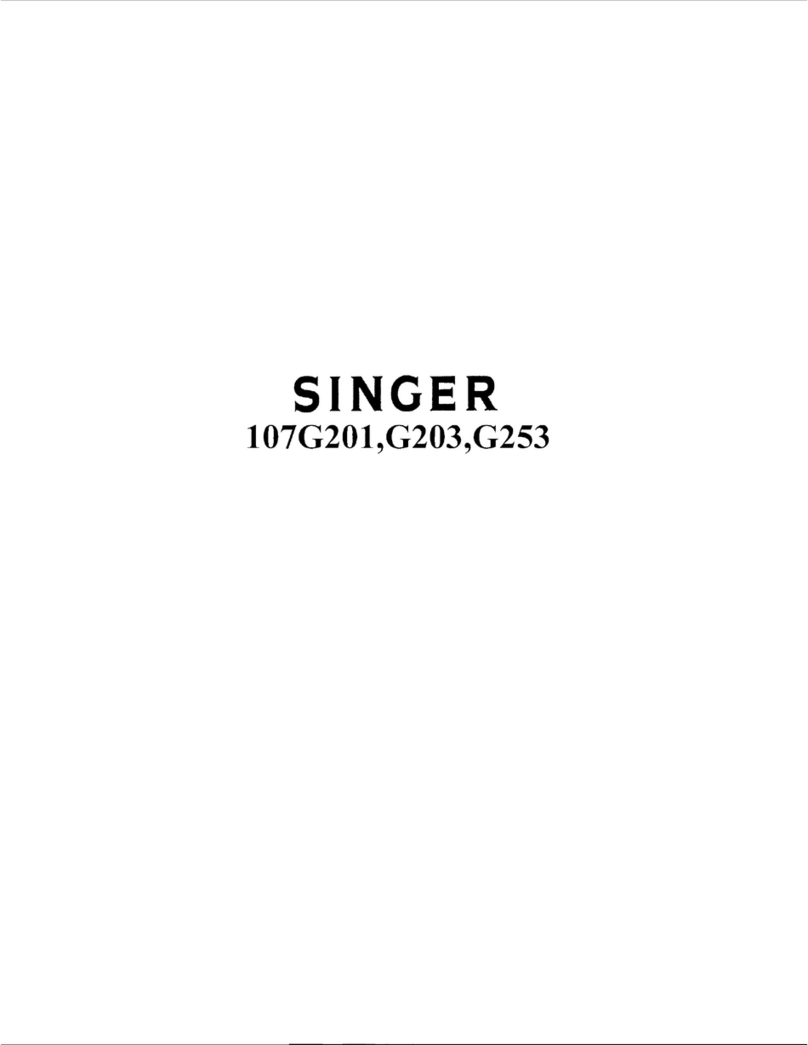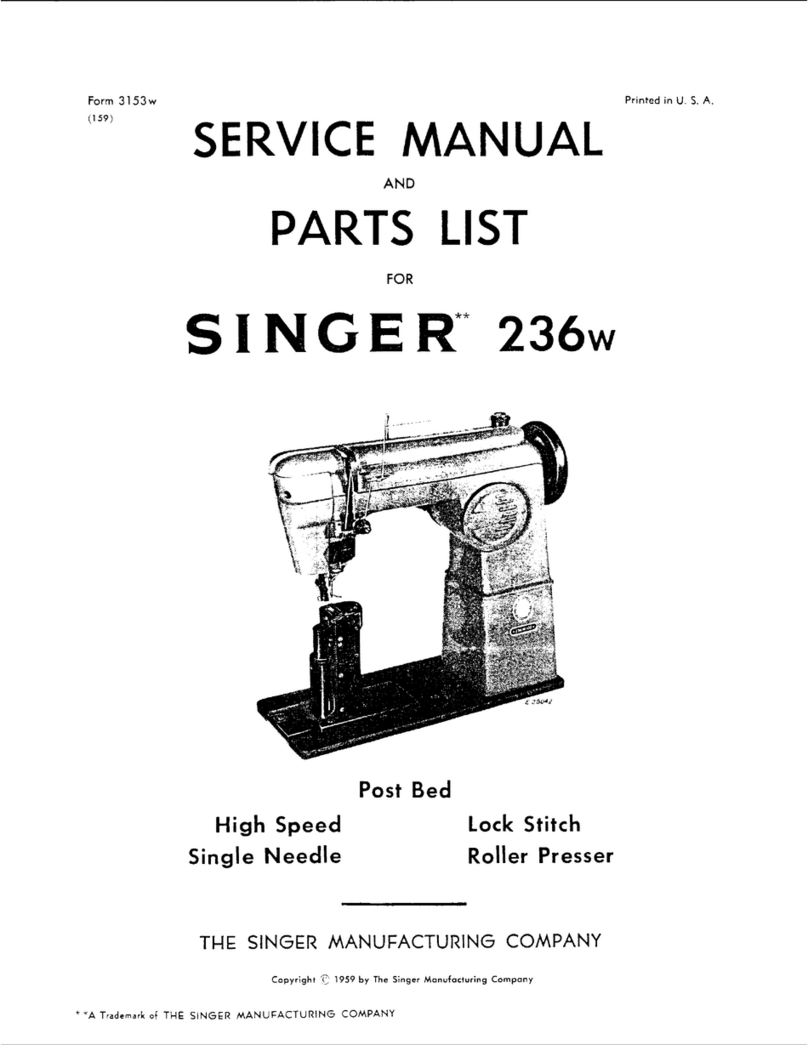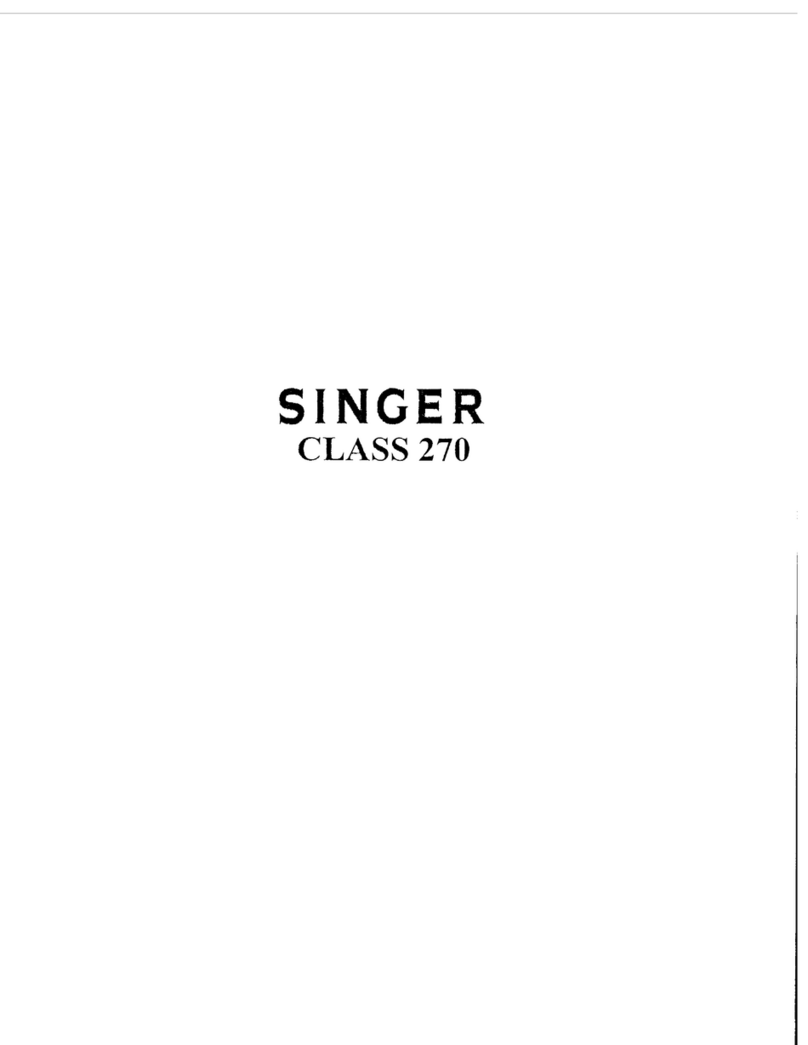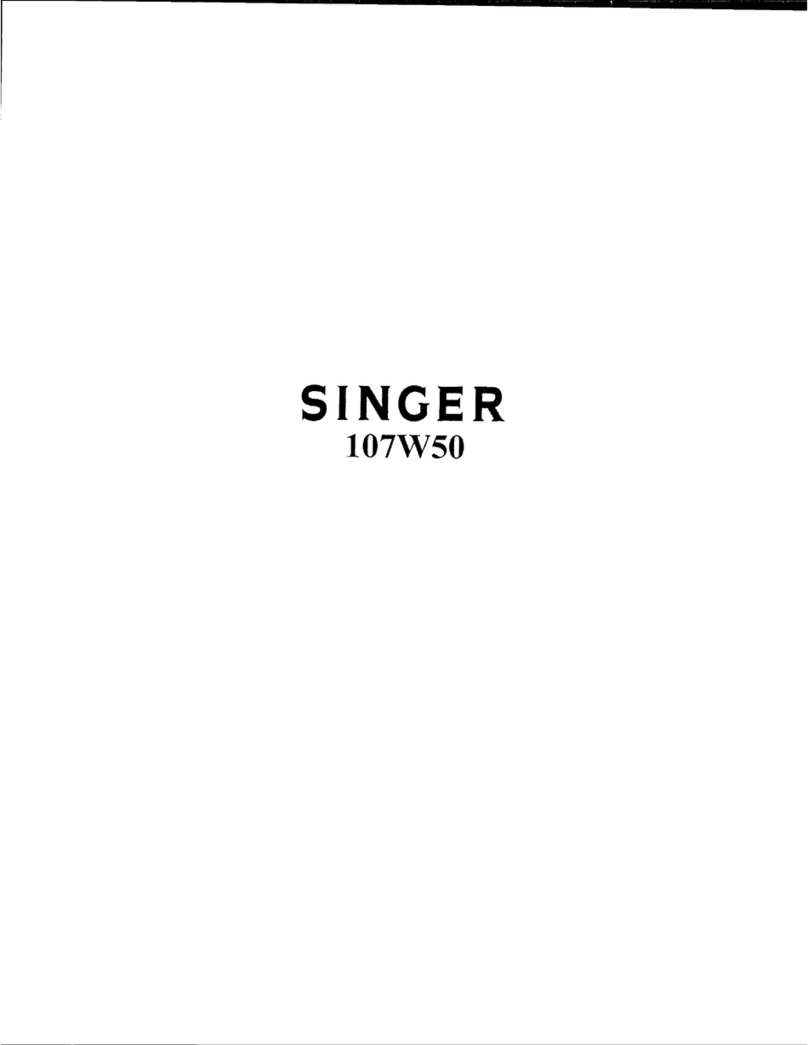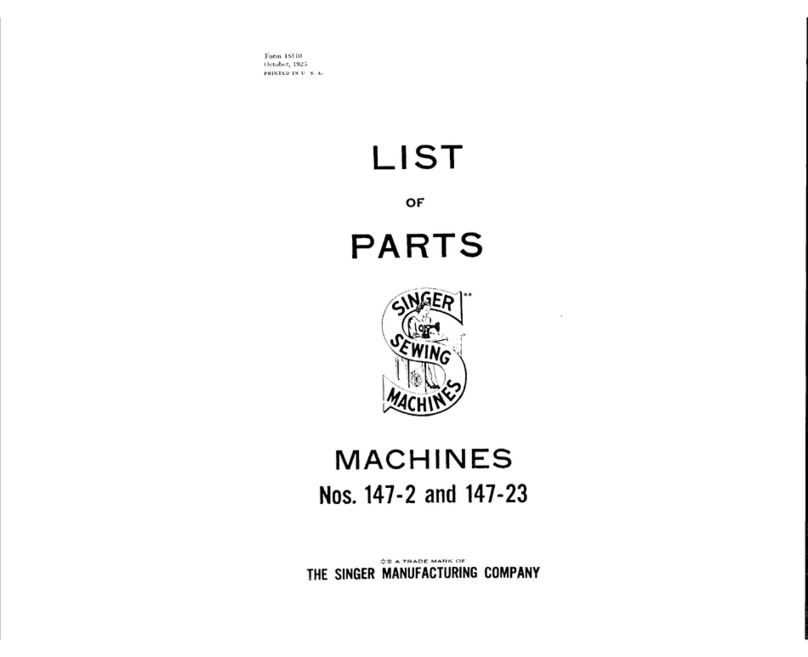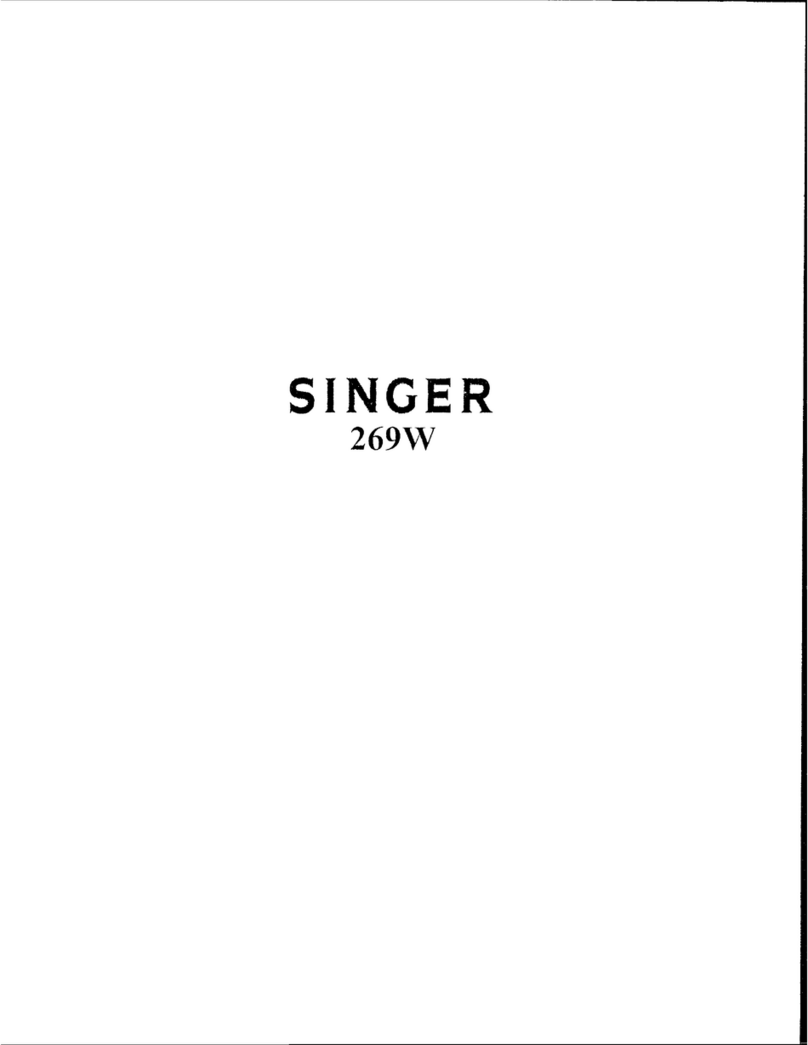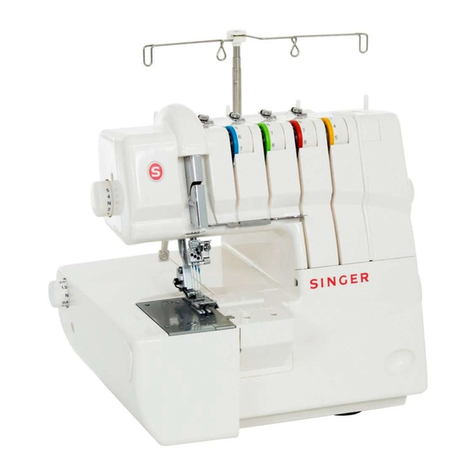1
1. Cette machine à coudre ne devrait jamais être laissée sans surveillance lorsque branchée. Toujours la débrancher
immédiatement après l’avoir utilisée ou avant de la nettoyer.”
Toujours faire preuve de prudence en utilisant un appareil électromécanique.
Lire toutes les instructions avant d’utiliser cette machine à coudre.
DANGER
-
IMPORTANTES CONSIGNES DE SÉCURITÉ
AVERTISSEMENT-
1. Ne pas utiliser comme jouet. Une surveillance attentive est nécessaire lorsque cette machine est utilisée par ou près des
enfants.
2. Cet appareil n’est pas conçu pour des personnes (incluant les enfants) ayant un handicap physique, sensoriel ou mental,
ni par des personnes inexpérimentées, à moins qu’elles soient supervisées ou formées adéquatement par une personne
responsable de leur sécurité. Les enfants doivent être surveillés pour éviter qu’ils ne jouent avec l’appareil.
3. N’utiliser cet appareil qu’aux fins mentionnées dans ce manuel et n’utiliser que des accessoires recommandés par le
fabricant.
4. Ne jamais faire fonctionner l’appareil si le cordon ou la che est endommagé, s’il ne fonctionne pas adéquatement, s’il a été
échappé, endommagé ou s’il est tombé dans l’au. Retourner la machine à un détaillant autorisé ou un centre de service le
plus près pour inspection, réparation, ajustement électrique ou mécanique.
5. Si le cordon est endommagé, il doit être remplacé par le fabricant, un représentant autorisé ou toute autre personne qualiée
pour éviter tout danger.
6. Ne jamais utiliser la machine à coudre si les ventilateurs sont bloqués. Garder toutes les ouvertures et le rhéostat exempts
d’accumulation de peluches, de poussières ou de pièces de tissu.
7. Ne jamais laisser tomber ni insérer d’objet quelconque dans les ouvertures.
8. Utiliser à l’intérieur seulement.
9. Ne pas faire fonctionner là où des produits en aérosol sont vaporisés ou de l’oxygène est administré.
10. Pour débrancher, fermer l’interrupteur (OFF), puis retirer la che de la prise.
11. Fermer l’interrupteur ou débrancher l’appareil, lorsqu’il est laissé sans surveillance, avant de faire un entretien ou de
remplacer des ampoules.
12. Ne pas débrancher en tirant sur le cordon. Utiliser plutôt la che.
13. Garder les doigts éloignés de toute pièce mobile. L’aiguille doit faire l’objet d’une attention particulière.
14. Ne jamais coudre si la plaque d’aiguille est endommagée, car elle pourrait briser l’aiguille.
15. Ne pas utiliser d’aiguille gauchies.
16. Ne pas tirer ni pousser le tissu en cousant. Il pourrait faire dévier l’aiguille et la briser.
17. Fermer l’interrupteur (OFF) avant de faire un quelconque ajustement autour de l’aiguille, comme enler l’aiguille, la changer,
embobiner du l ou changer de pied sur le rhéostat, etc.
18. Toujours débrancher la machine à coudre de la prise pour retirer des couverts, lubrier la machine ou pour faire tout autre
ajustement mentionné dans ce manuel.
19. Pour éviter toute décharge électrique, ne jamais mettre la machine, ni les câbles principaux, ni les ches dans l’eau ou tout
autre liquide.
20. La puissance maximum des ampoules DEL est de 0,3 W, le voltage CC est de 5 V. Si l’ampoule DEL est endommagée, ne
pas utiliser l’appareil et l’envoyer immédiatement au fabricant ou à un représentant pour réparation ou remplacement.
21. Pour éviter toute blessure, débrancher le rhéostat :
a. lorsque l’appareil est laissé sans surveillance.
b. avant de le transporter pour effectuer un entretien.
ATTENTION
-
Pièces mobiles. Pour réduire le risque de blessures, fermer l’interrupteur avant d’effectuer un
entretien. Fermer le couvercle avant de faire fonctionner la machine.
CONSERVER CES INSTRUCTIONS
Ce produit est conçu pour une utilisation domestique seulement (ou l’équivalent).
Pour réduire le risque de brûlures, de feu, de choc électrique ou de blessures,
suivre ce qui suit:
Pour réduire le risque de décharge électrique,
suivre ce qui suit:
RHÉOSTAT (États-Unis et Canada seulement).
Avec cette machine à coudre, utilisez le modèle YC-485 EC ou JF-1000.
Cet appareil est conforme à la norme CEE 2004/108/EC concernant les normes
électromagnétiques.
INFORMATIONS CONCERNANT LES FICHES POLARISÉES(États-Unis et Canada seulement)
Cet appareil est équipé d'une che polarisé (une lame est plus large que I’autre). Pour réduire les risques de décharge électrique,
cette che ne peut être branchée dans la prise que d’une seule façon. Si la che ne peut pas être insérée entièrement dans
la prise, tournez la che. Si la che ne peut toujours pas entrer dans la prise, veuillez contacter un électricien qualié an qu'il
installe la prise murale appropriée. Ne modiez la che en aucun cas.
Veuillez noter qu’avant de mettre au rebus, ce produit doit être recyclé conformément à la législation nationale
applicable aux produits électriques/électroniques. En cas de doute, veuillez communiquer avec le détaillant.
SINGER est une marque exclusive de The Singer Company Limited S.à r.l. ou de ses Afliés.
© 2011 The Singer Company Limited S.à r.l. ou de ses Afliés. Tous Droits Réservés.
